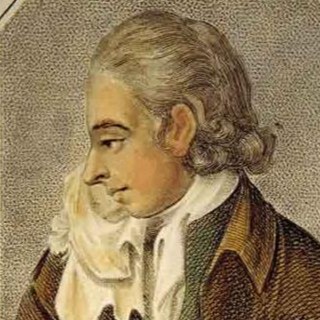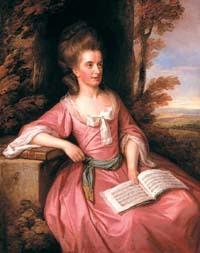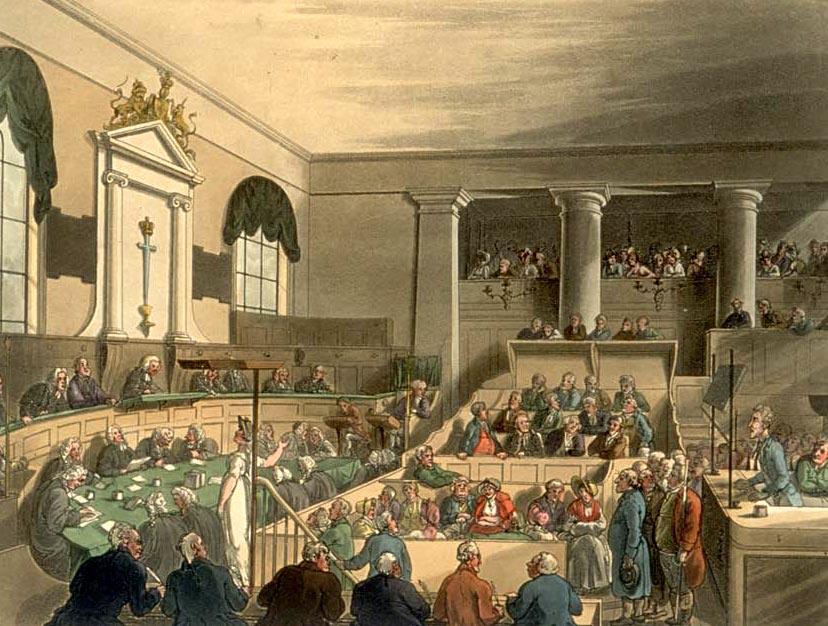
1752 - 1779
James Hackman
Summary
Name:
James HackmanYears Active:
1779Birth:
December 13, 1752Status:
ExecutedClass:
MurdererVictims:
1Method:
ShootingDeath:
April 19, 1779Nationality:
Great Britain
1752 - 1779
James Hackman
Summary: Murderer
Name:
James HackmanStatus:
ExecutedVictims:
1Method:
ShootingNationality:
Great BritainBirth:
December 13, 1752Death:
April 19, 1779Years Active:
1779bio
James Hackman was baptized on December 13, 1752, in Gosport, Hampshire. He was the son of William and Mary Hackman. His father served in the Royal Navy as a lieutenant. As a young man, Hackman was apprenticed to work for a mercer. Some accounts suggest he later became a member of St John's College, Cambridge, although no records verify this.
In 1772, Hackman purchased a commission to become an ensign in the 68th Regiment of Foot. His rank was later promoted to lieutenant in 1776. However, by early 1777, he resigned from the army. He decided to become a cleric in the Church of England. On February 24, 1779, he was ordained as a deacon. Just a few days later, on February 28, 1779, he became a priest. Finally, on March 1, 1779, Hackman was appointed as the Rector of Wiveton, although it is believed he may have never actually visited the place.
It was during his military service that Hackman’s life intersected with that of Martha Ray, the long-time mistress of John Montagu, 4th Earl of Sandwich. Ray, an accomplished singer and musician known for her grace and intellect, had lived with Lord Sandwich since she was seventeen and had borne him nine children. The Earl’s wife was mentally unwell and lived apart in Windsor Castle, leaving Ray as his de facto partner. Hackman met Ray in approximately 1775 at Sandwich’s Hinchingbrooke estate, and the two quickly struck up a friendship.
murder story
On April 7, 1779, James Hackman followed Martha Ray to Covent Garden. Ray was attending a performance of the opera "Love in a Village" with her friend Caterina Galli. Hackman suspected Ray was with another man and became upset. After observing her with William Hanger, the 3rd Baron Coleraine, he went to get two pistols.

After the show, as Ray and Galli were about to enter their carriage, Hackman approached them. He aimed one pistol at Ray's forehead and shot her, killing her instantly. With the second pistol, he attempted to take his own life but only inflicted a minor wound on himself. He then began to strike himself with the discharged pistols until he was apprehended. Hackman was taken to a nearby tavern along with Ray's body. Two letters were discovered in his possession—one addressed to his brother-in-law and another a love letter to Ray.
Following the incident, Hackman was quickly arrested and sent to Tothill Fields Bridewell. He was indicted for the murder of Martha Ray. His trial began on April 16, just nine days after the event. During the proceedings, witnesses testified about the shooting. Hackman admitted to killing Ray but claimed he did not intend to harm her, insisting he meant to take his own life instead. His defense argued that he was insane at the time of the shooting.

Despite these claims, Hackman was found guilty of murder. He was sentenced to be hanged. On April 19, 1779, he was executed at Tyburn. He displayed signs of regret during his final moments. After his execution, his body was publicly dissected at Surgeons' Hall in London.